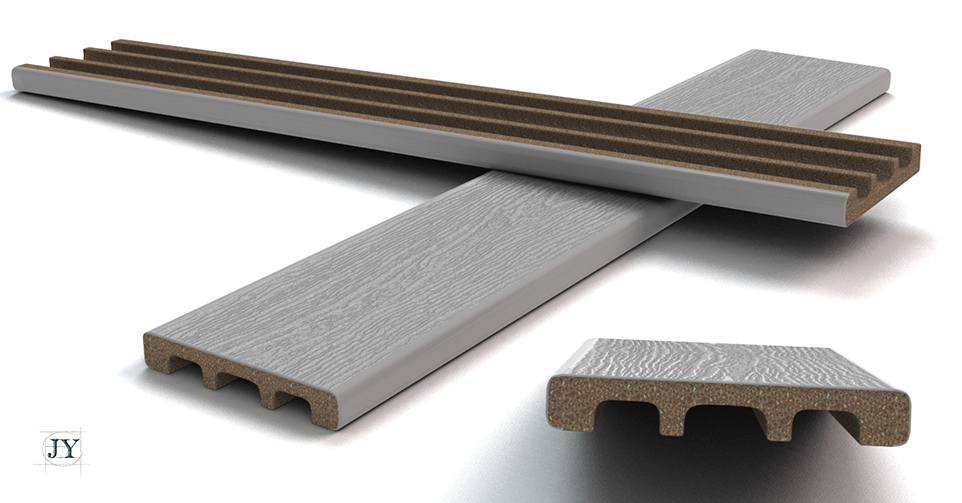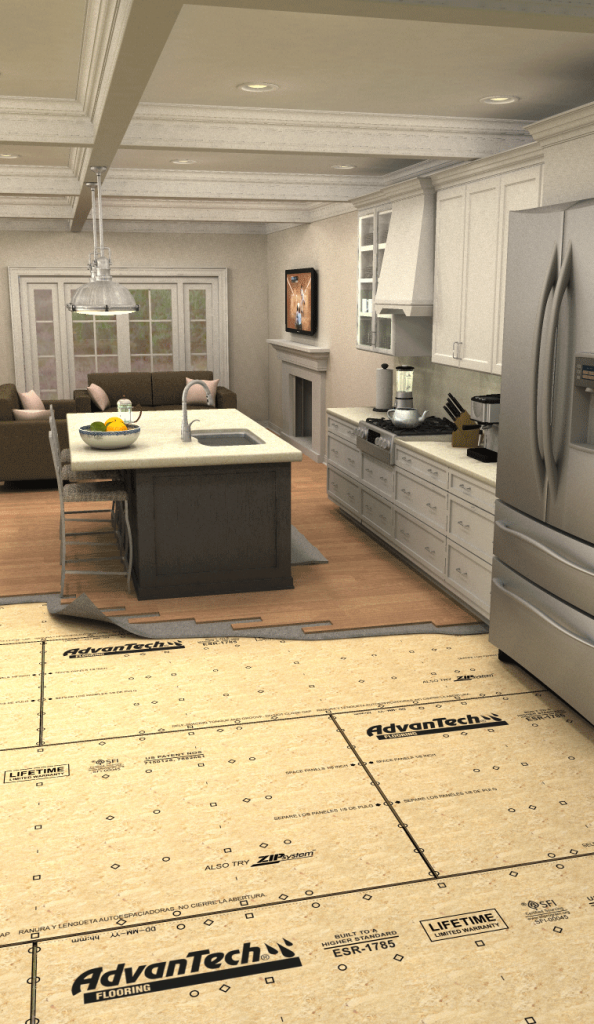To sell building products you have to get the products in front of your potential customers. This can be a huge headache. Traditional photo-shoots are time consuming, complex and often extremely expensive. Special lighting rigs, set construction and or location selection and scheduling are all hurdles to overcome. All these things need to be done long before any images are actually produced and the results are unpredictable.
Consider now, if there was a way to display any product as realistic as photography, but in any context while saving time, money and resources. What if you could have these things done before the product was even mass-produced?
3d rendering has become so advanced that you might not even know that catalogs such as IKEA are ditching the traditional photography sets and using 3d renderings instead. 3d imaging offers more flexibility, more affordability and provides many advantages of photography. There is still a huge need for great product photography – without question, but there are many reasons to choose 3d rendering instead. 3d product renderings offer unlimited flexibility and the ability to be on the cutting edge while your competition is still wrestling with photographic nightmares. Moreover, there are some products that are just not photo-friendly. Some are inside-the-wall products that are not meant to be visually appealing – a talented 3d illustrator can make them beautiful. Some products are too heavy or large to photograph easily. Sometimes you want to show the internal parts of a product and how they work which is incredibly difficult with photography.
3d Rendering – Lower Cost, Less Time
A traditional photo-shoot takes time to initiate, set up, light and rig and get just right before you even get around to taking pictures. There are numerous challenges that just don’t exist in the virtual world. While a photo-shoot might take tens of thousands of dollars to produce, a 3d rendering of a product can be as low as $500.
To change the setting of a photo-shoot midstream would be cost-prohibitive and is usually impossible for building products. A 3d rendering can show a product in any scene, any context at any time and can be changed at any point in the process. The flexibility of changing colors, textures and showing variations of products can be done with little added cost.
3d Rendering for Product Prototyping and Product Launches – Just-in-time Marketing
For new products, 3d renderings can be produced before the prototype is even created. Marketing and sales materials can be created before or while the product is being developed and can aid in the product design process. Usually a prototype is engineered and created long before marketing can happen. With a 3d rendering, marketing and product development can occur simultaneously in more of a just-in-time marketing approach.
The result of integrating product design, prototyping and marketing visualization accelerates the time-to-market for new products and allows for market testing during the process. What if you could test-market 3 variations of a product design showing it in photorealistic images in a real-world scenario? Could you put those 3 variations in front of potential customers and let them decide which one is the best option? Could you do that with traditional photography?
Sales and marketing could have photorealistic images of how a product looks, how it works and how it is installed on day one, or before. On day one, a beautiful set of installation animations, details and images would all be in the hands of your sales representatives.
3d Renderings Make Emotional Connections with Customers
Let’s be honest here, some products do not make an immediate emotional connection with potential customers. When someone walks into an apple store, or a granite showroom – there is a clear emotional response. When an architect is deciding which type of flooring underlayment to use – I don’t think there is that same type of response – could there be?
Here is an example of what could be done with that flooring underlayment to make an emotional connection using a 3d rendering that would not be possible with photography.
Blow Away Your Competition With Animation
Are you convinced yet of the power of 3d rendering in the sales and marketing of building products? If not, consider animation. Once you have 3d models and renderings produced, you’re are more than half the way there to having photorealistic animations and videos of your products. A well-produced video can increase customer engagement, demonstrate the what, how and why of your product and eliminate problems in the field all in one solution.
For more information on the power of animation and view a case study – see this article
Below is an example of a 3d animation for a building product.
Some Case Studies of Building Product Marketing Using 3d Imaging
Case Study – Technical Cutaway Drawing Expresses Function and Finished Appearance
Case Study – 3d Animation and Video for Cemco Steel
Case Study – Enduramax Product Launch
Regards and I hope you find beauty today, even when it is not pretty.
-JY
About the Author :
Jason Yana has 2 decades of experience in architectural technology, 3d graphics and construction marketing. This unique combination provides highly-effective visual representations of building products that fuel marketing and support efforts.
His award-winning body of work informs, inspires and educates building product customers.


